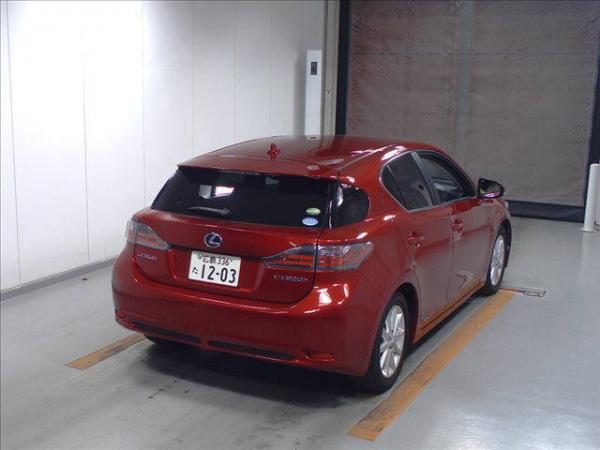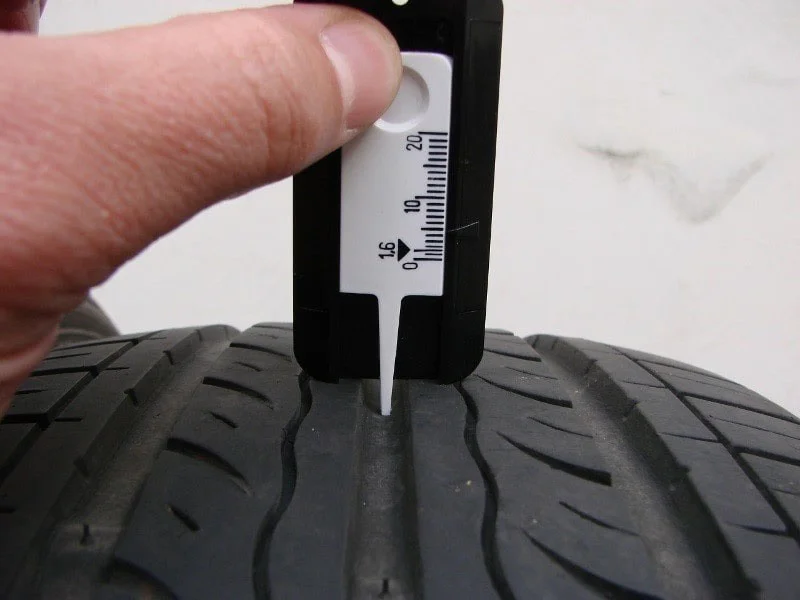
How to charge a dead car battery
The battery in your car can run out for a variety of reasons, leaving you stranded. It may be low due to a light left on, an internal malfunction, extreme high or low temperatures, a faulty alternator, long periods of storage without use, or a number of other reasons. Recharging your battery will help you get back on the road and extend battery life. Here's how to charge a dead car battery:
How to charge a dead car battery
Gather the right materials - Charger, Battery cleaner, Disposable rags or paper towels, Distilled water, Flat screwdriver, Gloves, Memory stick, Ratchet with small extensions and heads, Safety goggles, Wheel chocks, Wire brush
Take proper precautions — Working with a car battery can be very dangerous. Because of the acid it contains and the gases it gives off, care must be taken when handling it. After you have come into contact with the battery, you should refrain from touching other parts of your skin or clothing, as the acid can get on your hands without your knowledge.
A warning: Battery acid can cause severe irritation and eat holes in clothing.
The smell of the air — Pay special attention to the smell of the air around the battery. If you smell a strong sulfuric or rotten egg smell, let the area air out before servicing the battery.
Park your car on a level surface - If possible, you should park your car on a level surface.
Place wheel chocks - After parking, install wheel chocks around the rear wheel on the driver's side.
Find the battery - Open the hood and find the battery.
Functions: On most vehicles, the battery is located under the hood at one of the front corners of the vehicle. If you can't find the battery, check your owner's manual as it may be in the trunk or under one of the seats. It can also be hidden in the wing.
Install the memory splash screen according to the manufacturer's instructions. - This will prevent your computers from wasting memory, which could cause management issues when you're done.
Disconnect the cables - Disconnect the negative battery cable and then the positive one.
Clean cable ends — If necessary, clean the cable ends with a wire brush and battery cleaner to remove corrosion.
A warning: If there is excessive corrosion on the terminals, marked by the accumulation of dried acid, replace the battery, do not charge it.
Safety cables - Secure the cables away from the battery so that they do not touch the terminals.
Remove battery - Although not necessary, you can remove the battery at this time.
Inspect the battery — Inspect the battery for cracks or swelling.
Functions: If there are any cracks or if the battery is swollen, replace it.
Battery cleaning spray - Apply a small amount of cleaning agent to the top of the battery.
Functions: If it foams, it means that an acid is present that neutralizes it.
Wipe Cleaner Wipe off the cleaner and acid with rags or paper towels and discard.
Pure corrosion - Using a wire brush, clean the battery terminals from corrosion.
Carefully pry off the cover with a screwdriver — While most batteries on the market today are maintenance free, your battery may have removable plastic covers. Look inside the battery and you will see liquid.
Functions: It is a mixture of acid and distilled water. If you see metal fins sticking out of the liquid, you need to add some distilled water. Do not use any other water as this will permanently damage the battery.
Add water - Add enough distilled water to bring the level just above the ribs.
Functions: Do not fill the battery to the top.
Replace caps - Replace the caps on the battery by pushing them into place.
Install charger - Install the charger on the battery, starting with the positive terminal and then negative. Do this before connecting the charger.
FunctionsA: If you have a side stand battery, you may need adapters for this.
Connect your charger - Connect the charger and follow the manufacturer's recommendations for charging the battery. Most chargers do this automatically. If yours is not automatic, make sure you start with a slow charge of about 2 amps. You can do this for about an hour before you raise the charging current.
Functions: When charging the battery, make sure the area is well ventilated to prevent fumes from accumulating.
Unplug your charger - Once the battery is fully charged, unplug the charger and remove the negative clip of the charger and then the positive one.
Reinstall cables - Reinstall the battery cables, positive first, then negative.
Disable Memory Saver
Start a car - If the battery still cannot start the engine, you may have a bad battery or other problem with the car.
Problems and Precautions
Under no circumstances should the battery cables be allowed to come into contact with incorrect terminals on the battery.
Never allow anything metal to come into contact with the positive battery terminal and any other metal object, including the negative terminal, at the same time.
Charge the battery only in a well-ventilated area.
Understanding the Battery
The main purpose of your battery is to provide the right amount of power to be able to start the engine.
The battery contains lead plates and acid, which form a chemical reaction to accomplish this task.
Just because the battery is dead doesn't mean it needs to be replaced. In many cases, simply recharging the battery can restore its performance.
If your vehicle is having further problems or you are not comfortable following these steps, you should seek the assistance of a certified mechanic who can inspect and test the battery.

